drought-proof companion plants?
mosswitch
11 years ago
Related Stories
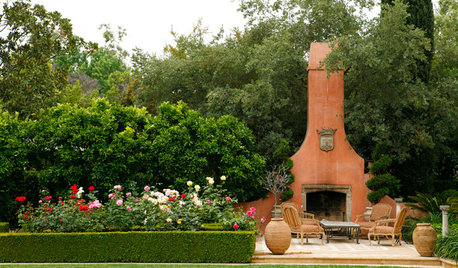
LANDSCAPE DESIGNMake Your Roses Even More Beautiful With These Companion Plants
Nourish your rosebushes and create a visual feast with these 7 classic and unexpected plant pairings
Full Story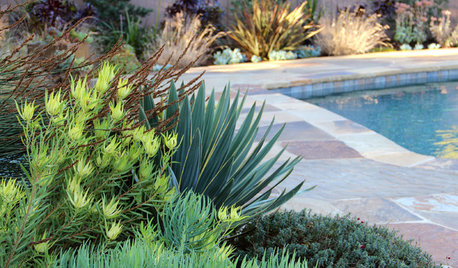
PLANTING IDEAS7 Stunning Plant Combinations for Low-Water Gardens
Find inspiration in these beautiful drought-tolerant companion plantings
Full Story
GARDENING GUIDES10 Drought-Tolerant Shrubs That Thrive in Full Sun and Reflected Heat
Got a hot spot in your garden where plants often die? Try these tough shrubs that add beauty while shrugging off the heat
Full Story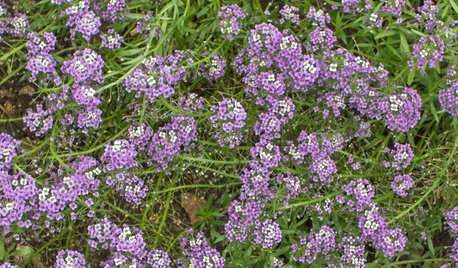
GARDENING GUIDESGreat Design Plant: Sweet Alyssum
This dependable winter bloomer makes a colorful companion in beds, baskets, even rock gardens
Full Story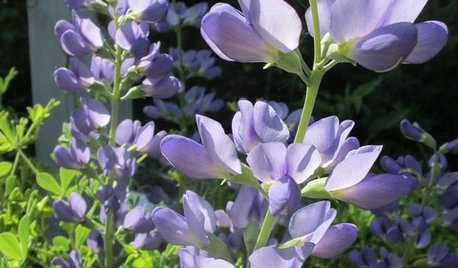
GARDENING GUIDESGreat Design Plant: Dwarf Blue Indigo Offers Carefree Beauty
Drought tolerant and a bumblebee magnet, spiky Baptisia australis may be the easiest plant you ever grow
Full Story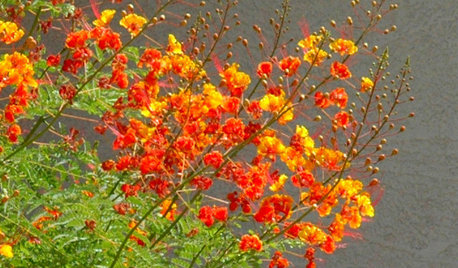
GARDENING FOR BUTTERFLIESGreat Design Plant: Red Bird-of-Paradise Soars With Color
Fiery bursts of red-orange flowers bring hot summer gardens to life, while this shrub's drought tolerance keeps the living easy
Full Story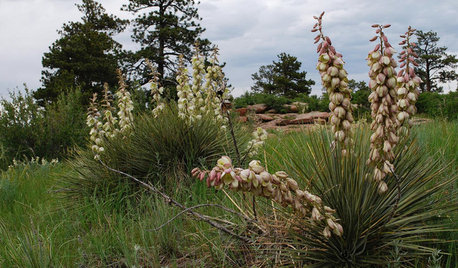
GARDENING GUIDESGreat Design Plant: Yucca Glauca
Soapweed yucca's pale green leaves brighten the winter garden and add sculptural interest year-round
Full Story
LANDSCAPE DESIGNGreat Design Plant: Retreat to the Shade of Hardy Catalpa
Big foliage and a towering height provide a shady respite in summer, but that's not all hardy catalpa offers dedicated gardeners
Full Story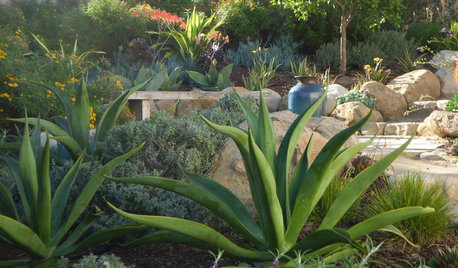
GARDENING GUIDESDecorate the Landscape With Versatile Agave
Beautiful, succulent leaves reach toward the sky, adding texture and beauty to the drought-tolerant landscape
Full Story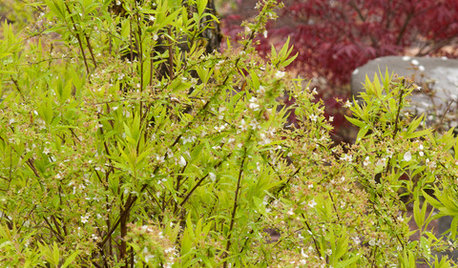
GARDENING GUIDESGreat Design Plant: Ogon Spirea for Radiance and Texture
This feathery shrub will light up your garden with its bright color and easygoing personality
Full Story0










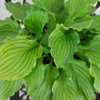
User
i-like-to-grow
Related Professionals
Willowick Landscape Architects & Landscape Designers · Brentwood Landscape Contractors · Surprise Landscape Contractors · North Plainfield Landscape Contractors · Norwalk Landscape Contractors · Peoria Landscape Contractors · Rochester Landscape Contractors · Daphne Driveway Installation & Maintenance · Easton Driveway Installation & Maintenance · Newark Fence Contractors · Rockville Fence Contractors · East Palo Alto Fence Contractors · Duarte Fence Contractors · Downey Solar Energy Systems · Selma Solar Energy Systemsci_lantro
User
anitamo
hostaLes
paul_in_mn
hostaLes
mosswitchOriginal Author